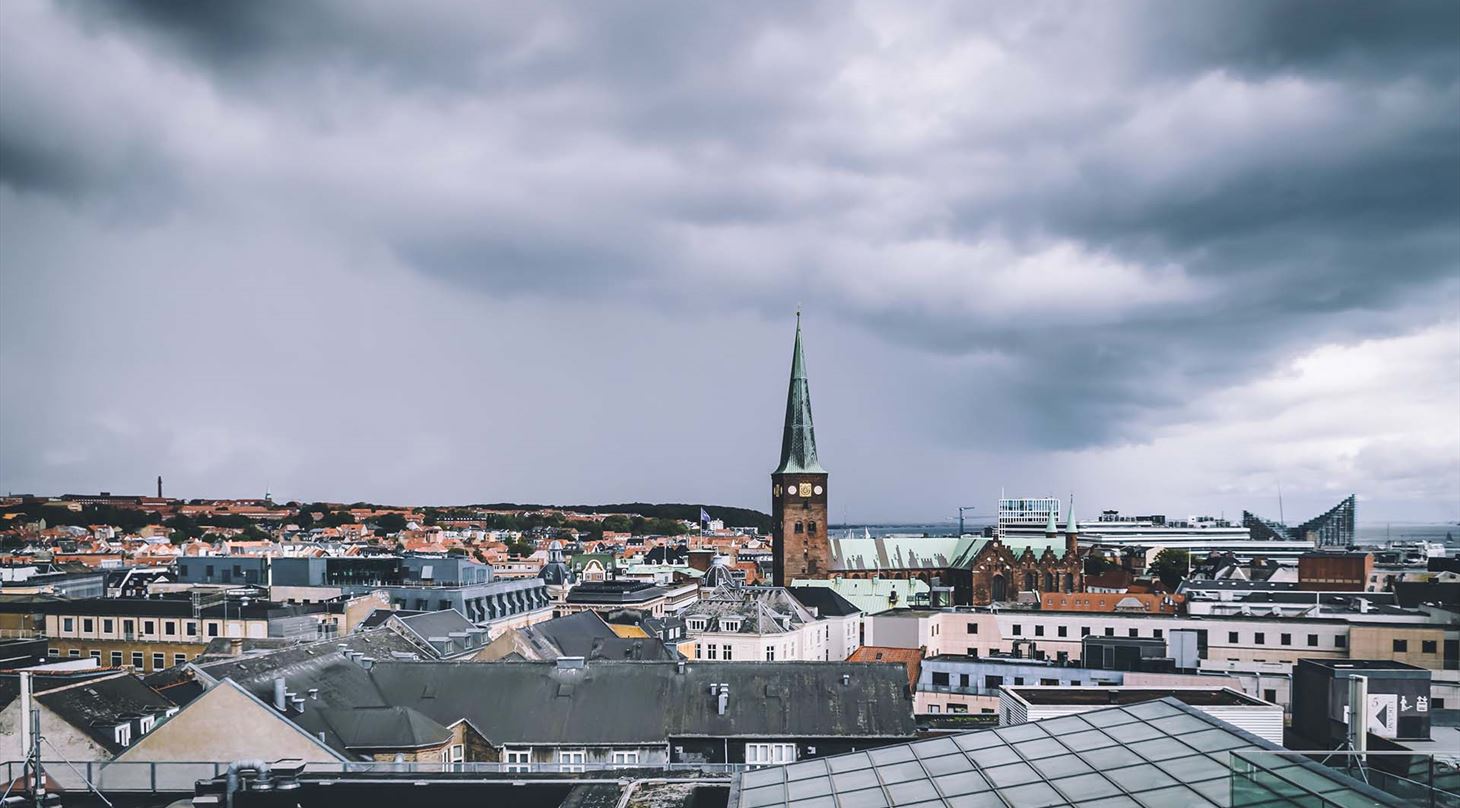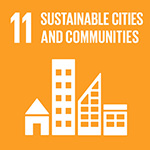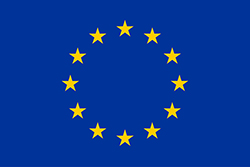
DivAirCity – Improved Air Quality in Five European Cities
Aarhus is among the pilot cities in a 4-year EU-project, that will demonstrate green initiatives to improve the air quality. This will happen with a special focus on diversity – and on making the city a better place for all citizens.
Uneven exposure to air pollution
When the project couples air quality with diversity, it does not come out of nowhere. We know from international studies that there is a connection between inequality and air pollution. For instance, social housing is often located close to busy and trafficked areas, and the citizens living here are therefore exposed to higher concentrations of harmful particles. This means, that even though one says all people breathe the same air, there is scientific evidence for the claim that air pollution hits unevenly, says specialist Thor-Bjørn Ottosen from Danish Technological Institute, who is one of the central scientific partners of the project specializing in air quality measurements.
Five European cities; Aarhus (Denmark), Bucharest (Romania), Castellón (Spain), Orvieto (Italy) and Potsdam (Germany); participate in the project. All test cities will focus on improving the air quality and, in this way, also the quality of life for groups of citizens that are potentially particularly exposed to air pollution.
DivAirCity - air quality and diversity
The focus on diversity in the project means that the green solutions in the urban space should not just improve the air quality, but also focus on creating better and safer urban environments for e.g., women, youngsters, elderly, disabled plus ethnical and sexual minorities. Therefore, a wide selection of citizens will be involved in the development of the green initiatives.
Vulnerable citizen groups to be involved
The citizen engagement will be facilitated by Aarhus Municipality, while DCE – Danish Centre for Environment and Energy and Danish Technological Institute will ensure that the initiatives have a documented effect on the air quality in the urban environment. At the time of writing, decisions have not yet been made as to where in Aarhus, the specific initiatives should be realized, but Thor-Bjørn Ottosen hopes that the citizen engagement will lead to innovations in the field.
- A classic example of green initiative is a wide and tall hedge, which screens citizens against particles from a trafficked road. But what if this hedge at the same time makes it unsafe to move around in the area after sunset. Here the citizen engagement can pave the way for new innovative solutions with stronger roots in the community where the initiatives are being tested, says Thor-Bjørn Ottosen
400.000 premature deaths a year
According to the European Environment Agency, 400.000 Europeans die prematurely each year due to poor air quality. The expected lifetime is shortened by an average of eight months because of air pollution. Sustainable initiatives - e.g., green barriers, gardens, lakes, and infrastructure that make it attractive to walk or cycle - have a positive effect both on harmful air pollution and CO2-sequestration in urban environments, and at the same time, the initiatives improve the quality of life for the citizens.
Progess in the project
Living experiments in the 5 cities
The DivAirCity project is approaching an important milestone where the cities of Aarhus, Potsdam, Orvieto, Bucharest and Castellon are implementing living experiments to test air quality solutions.
With inclusive solutions, the project and the cities want to co-create nature-based solutions and facilities that are accessible and attractive to all target groups in society, regardless of their needs and limitations. Therefore, citizens are invited into co-creation processes for each of the sub-projects, where experiments are organized and tested. To this end, the Danish Technological Institute has contributed to the organization of the co-creation processes, but also with the design of methods for impact measurement.
Measuring social and economic impacts
The DivAirCity project uses a variety of methods to measure the social and economic impacts of urban nature-based solutions (NBS) and interventions. Here are some of the most important methods and how they are used to measure impacts:
Social effects:
- Registration of participants in the co-creation processes and their belonging to different target groups (gender, age, ethnicity, etc.). This will show to what extent the different target groups are represented and included in the process and can provide insight into which approaches have helped to get certain target groups involved
- Through questionnaires and interviews with participants and users of NBSs, cities will be able to assess users' perception of the area's safety, security, accessibility, connection to the area and what value it gives users to spend time in the area. Similarly, the cities will be able to use questionnaires to assess the participants' perception of their own influence and trust in the co-creation and decision-making process.
- Through structured observations of users and activities in the NBS areas before and after the interventions, the cities will be able to document an effect on the use and diversity of users in the NBS areas
Economic effects:
Cities will use forms to record an estimate of the initial maintenance costs for the defined area before the changes are implemented and also an estimate after the changes are implemented. The cities will also record the establishment costs of the new solutions in the area. Overall, this gives cities an overview of the difference in costs before and after implementation, which can then be compared to the results and benefits the new implementations create for citizens and the city as a whole.
Based on interviews with companies about the expected and actual impact of NBS on their revenue, cities and the project can get an assessment of what the initiatives will mean for the following companies:
- Suppliers of physical installations and NBS solutions in the dedicated areas.
- Cafes, shops and stalls offering products to citizens (consumers) located in or near the dedicated areas.
Overall, Danish Technological Institute has contributed to the project being able to collect both quantitative data (registrations, observations) and qualitative data (interviews, questionnaires) to assess the social and economic effects of the NBS interventions on the target groups and the local areas. The methods are designed to provide a nuanced picture of the effects from different angles. These impact measurements are of course complemented by the measurements and calculations that Danish Technological Institute also contributes to in terms of measuring and calculating air pollution levels before and after interventions and in relation to different transportation routes.
With the comprehensive impact measurements, the project ensures that the experiences from the living experiments can form the basis for future efforts against air pollution and social exclusion.
FACTS ABOUT THE PROJECT
Project title
DivAirCityH2020
Project period
2021-2025
Project type
Horizon2020
Project budget
EUR 10 mill.
Project cities
Aarhus (Denmark), Bucharest (Romania), Castellón (Spain), Orvieto (Italy) and Potsdam (Germany)
Purpose
To demonstrate the ability of green, nature-based solution created in a diverse collaboration between specialists, authorities and citizens to improve air quality and health in five European cities.
Partners (Aarhus)
Danish Technological Institute
DCE – National Centre for Environment and Energy
Municipality of Aarhus
Supported SDGs

Project webpage
 This project has received funding from the European Union's Horizon 2020 research and innovation programme under grant agreement No 101003799.
This project has received funding from the European Union's Horizon 2020 research and innovation programme under grant agreement No 101003799.